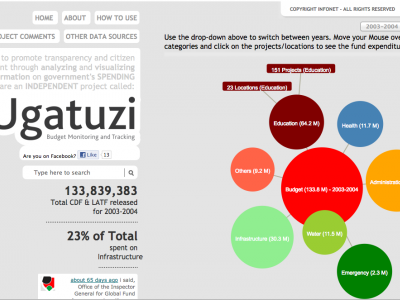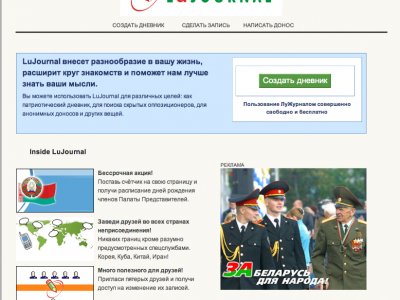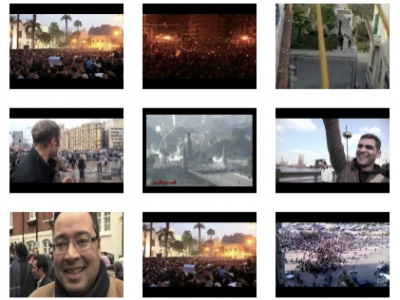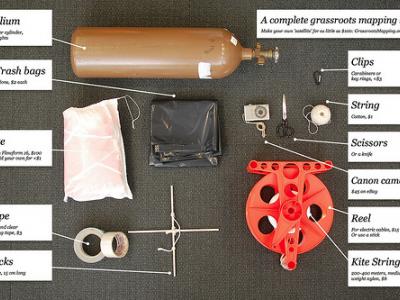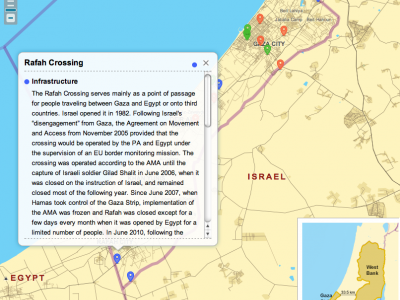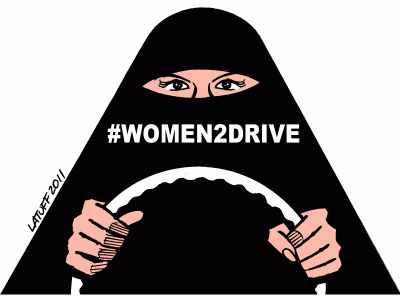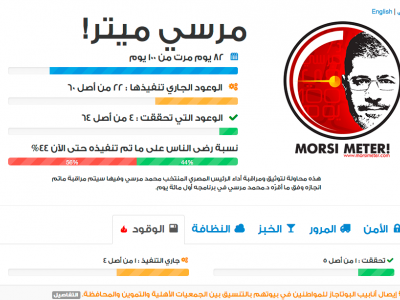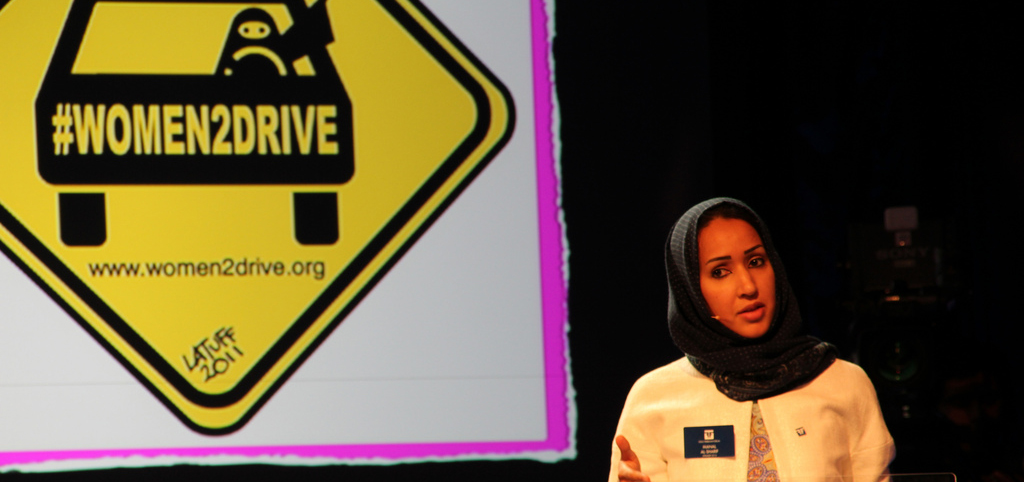
In early 2011, a group of Saudi Arabian women launched the Women2Drive campaign to reclaim their right to drive motor vehicles on public roads.
A ban on the issuance of licences to women makes it effectively illegal for women to drive there. Emboldened by the social upheaval then taking place in the Middle East, the campaign called for women to start driving on a certain date: June 17, 2011.
Manal al-Sharif, one of the most visible members of the group, was filmed driving in Riyadh while articulating a cogent rationale for why women in Saudi Arabia should be allowed to drive. The video was posted on the campaign's Facebook page, which already had over 12,000 supporters by that time, and quickly went viral though a combination of different social media outlets. It was viewed 700,000 times in 4 days before it was taken down.
Manal was detained, then later released. The campaign is now calling for women to apply for driving licences and then, when their applications are inevitably rejected, to file lawsuits.
The allure of social media
The success of social media campaigns hinges on a simple principle: that people are more likely to trust or act on messages from friends or people they know than from strangers or advertisements. Information exchanged at the proverbial village well has a different value than information received anonymously. Social media technologies have allowed us to take this informal networking conversation and move it to the digital realm.
Why use it?
In the context of advocacy work, social media stimulates the interactivity and connectedness needed to provoke social change across geographical boundaries. It allows you to generate a support base and share information directly with your constituents. It enables and encourages meaningful participation through user-generated content; and it can help an organisation realise a large-scale project by enabling it to delegate certain tasks through micro-scale volunteering.
Generally, however, social media is not effective taken on its own. It must be supported by a strong message, and is usually best used to augment existing advocacy strategies.
How can I use it for my campaign?
Social media operates on interactivity. Try to involve your audience at each stage:
- Posting content: Don't just broadcast your content. Survey your audience and find out what their content consumption habits are – and where and how they like to get their information. Try to develop a strategy in which one person or department not only produces content, but also actively participates in the discussion. Think of how the information will be used – does it inspire action? Trim if it doesn't, and make it shareable.
- Monitoring content: Once you have some back-and-forth going between your audience and your organisation, you'll notice that certain social media users are more active than others. Try to monitor your social media feed through hashtag searches or metrics programs to identify your most popular content and your most active users.
- Empower your audience: Encourage social media users to get involved in the cause. Offer a range of options that involve varying levels of involvement for different types of users, from online voting and link sharing to becoming a content contributor. Build relationships with advocates and foster meaningful participation – rather than just a high number of followers or facebook 'Likes'.
- Consumers only passively take in content without participating, by browsing or watching;
- Curators/Editors skim large amounts of content and assemble or modify it;
- Creators create content.
- Passive users are the least engaged;
- Active ones are more engaged, and hold influence within their personal contacts;
- Influential users are the rare people who are able to influence others both inside and outside their networks.
Change.org, which started out as a social networking site for non-profit organisations, now focuses exclusively on online petitions. With a strong platform and a massive and fast-growing user base, some of their campaigns have achieved the kind of success that challenges the notion of empty clicktivism. A petition to combat the practice of 'corrective' rape of lesbians in South Africa garnered over 170,000 petitions and put pressure on the South African parliament to set up a task force to bring the practice to an end.
- Stage 1: Content - social technologies democratise media creation by allowing anyone to be a creator.
- Stage 2: Conversation - these technologies enable two-way dialogues between citizens, potentially becoming memes that go viral and affect a larger constituency.
- Stage 3: Collaboration - social technologies facilitate the aggregation of small individual actions into meaningful collective results.
- Stage 4: Community - engagement around a shared idea or cause can be sustained by a critical mass of contributors.
- Stage 5: Collective Intelligence - meaning can be extracted from this engagement or action and these values can serve to reinforce or improve the community.

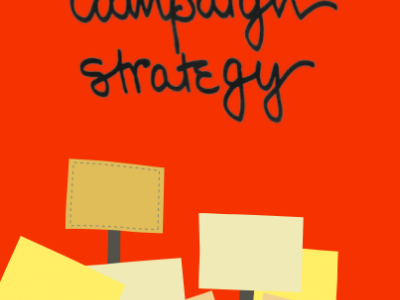

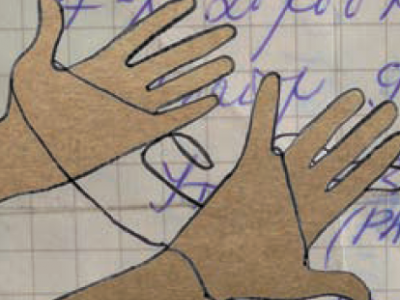

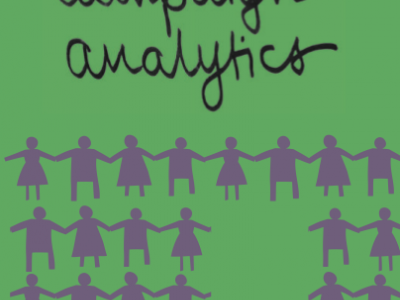
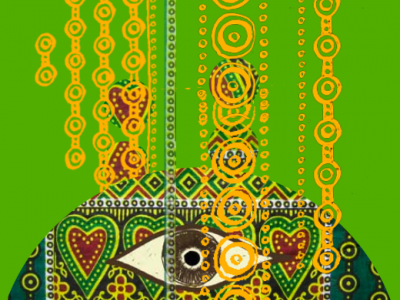











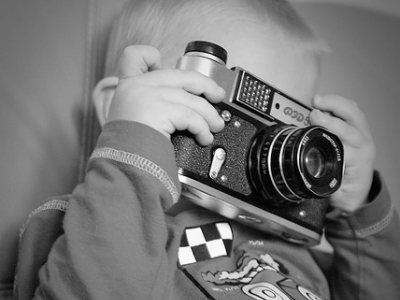



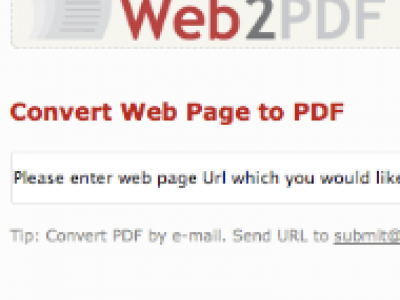
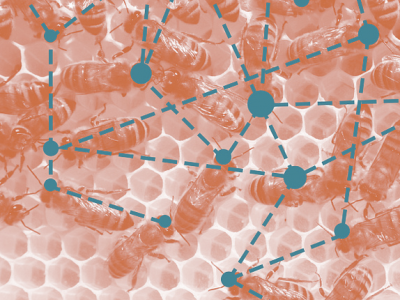
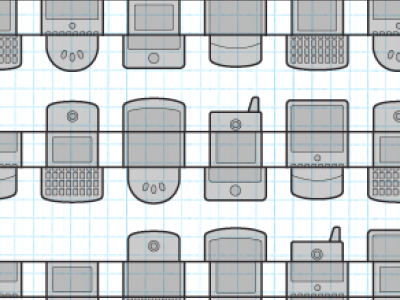




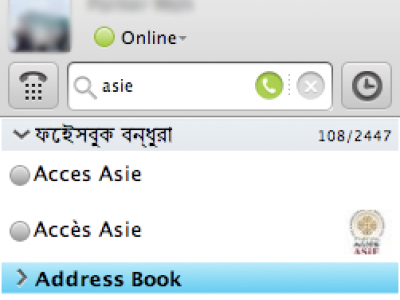
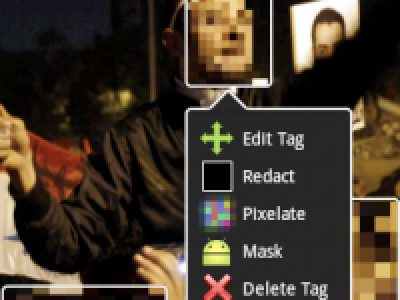


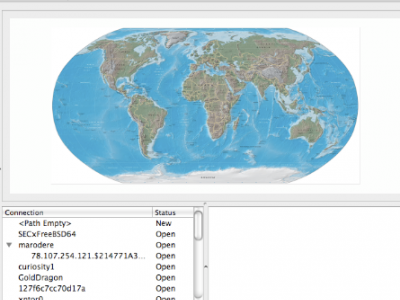
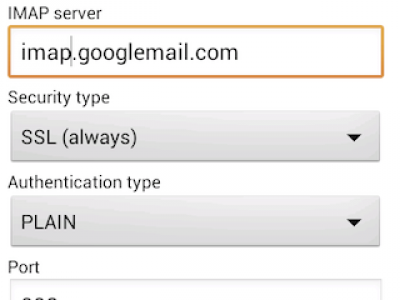
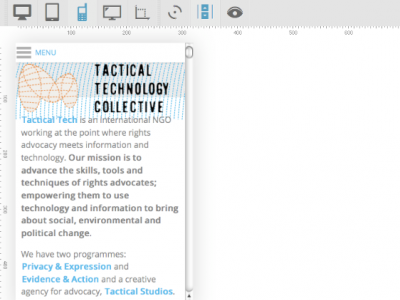
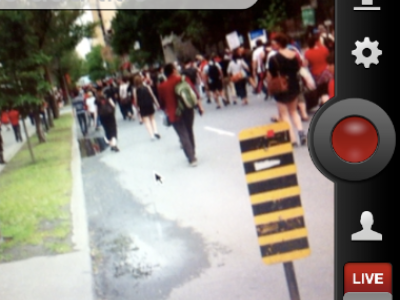

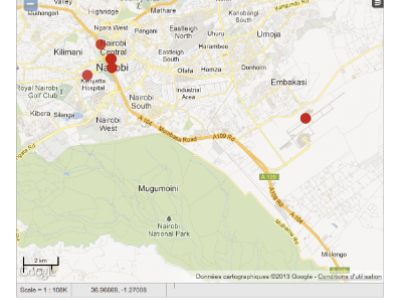
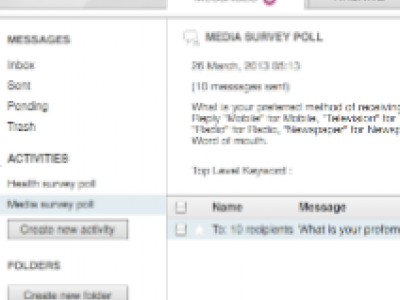
.png%3Fitok=rF0KWQB6)

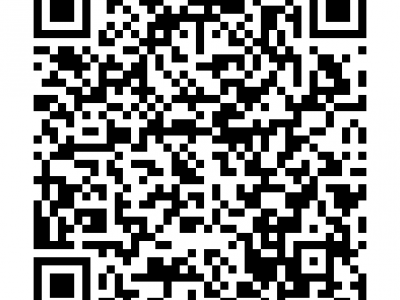
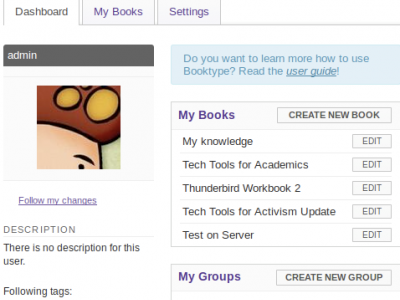




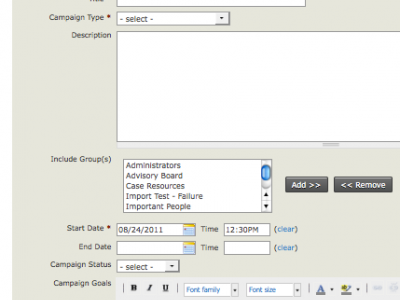

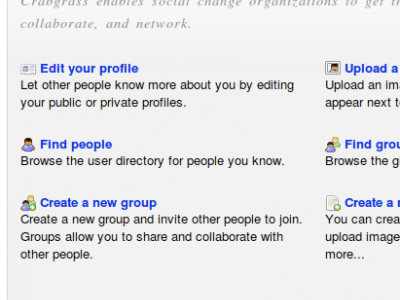


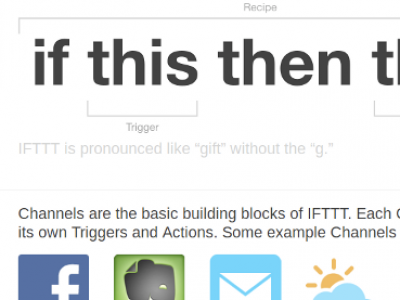

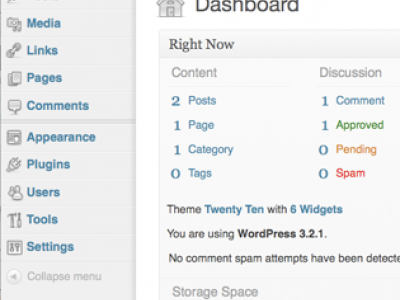
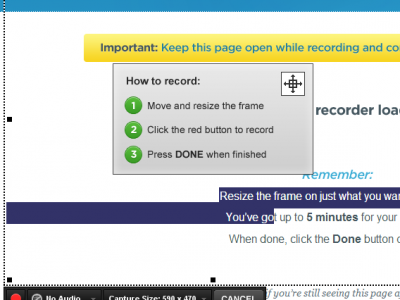
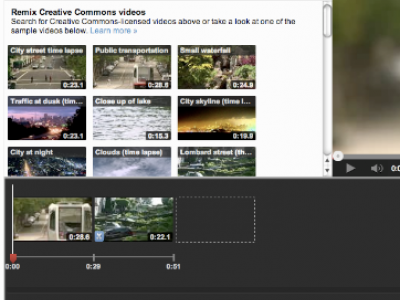

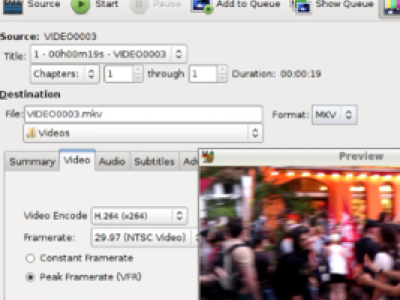






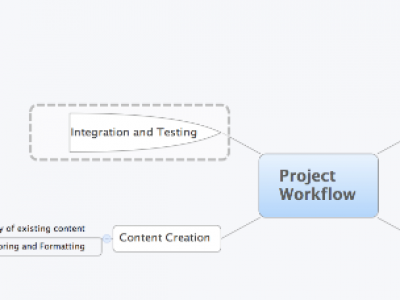


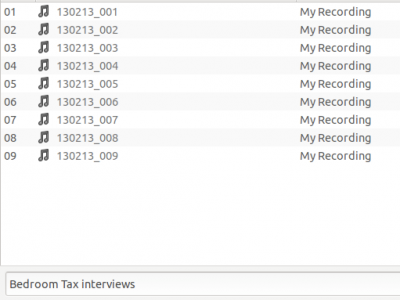
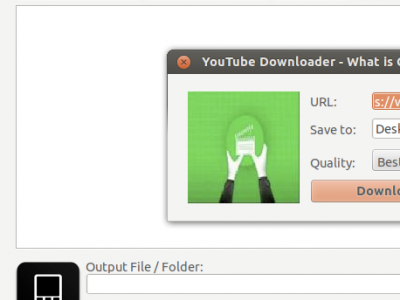







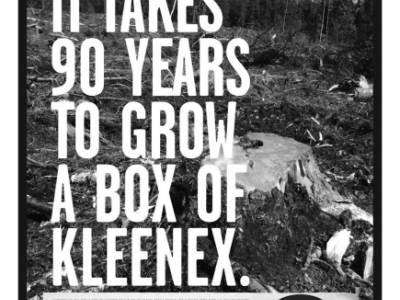




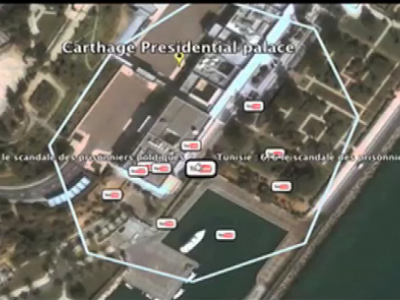





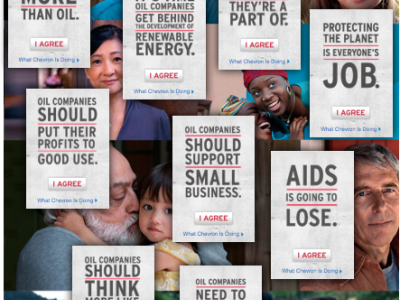
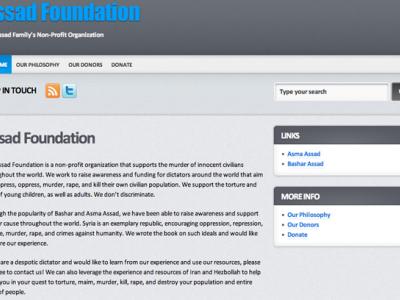
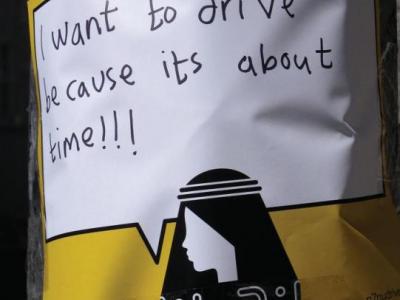
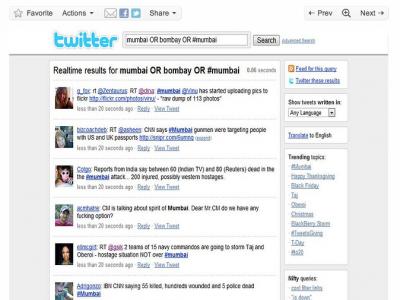


.jpg%3Fitok=pXDTLHzY)
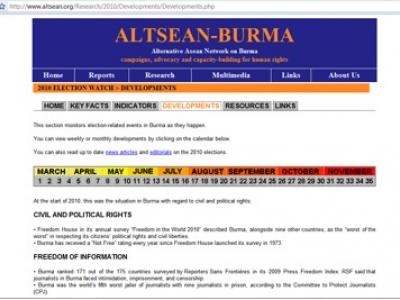


.jpg%3Fitok=3tJxk_zi)
.jpg%3Fitok=AIh9YY_n)




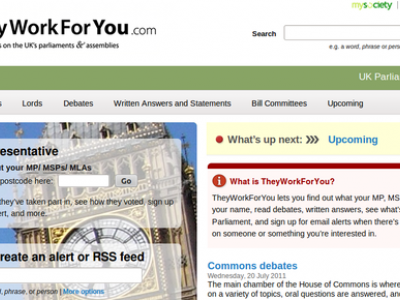

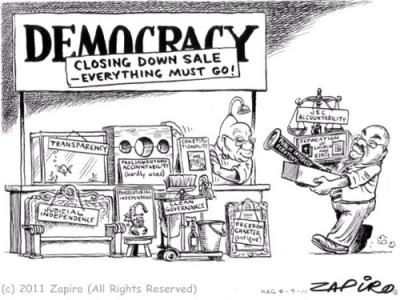
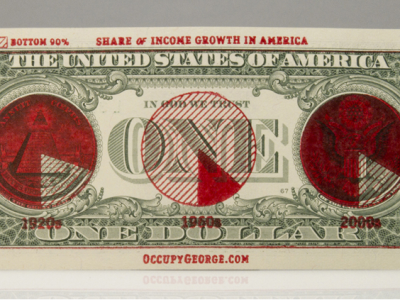
.jpg%3Fitok=1X702tBf)
